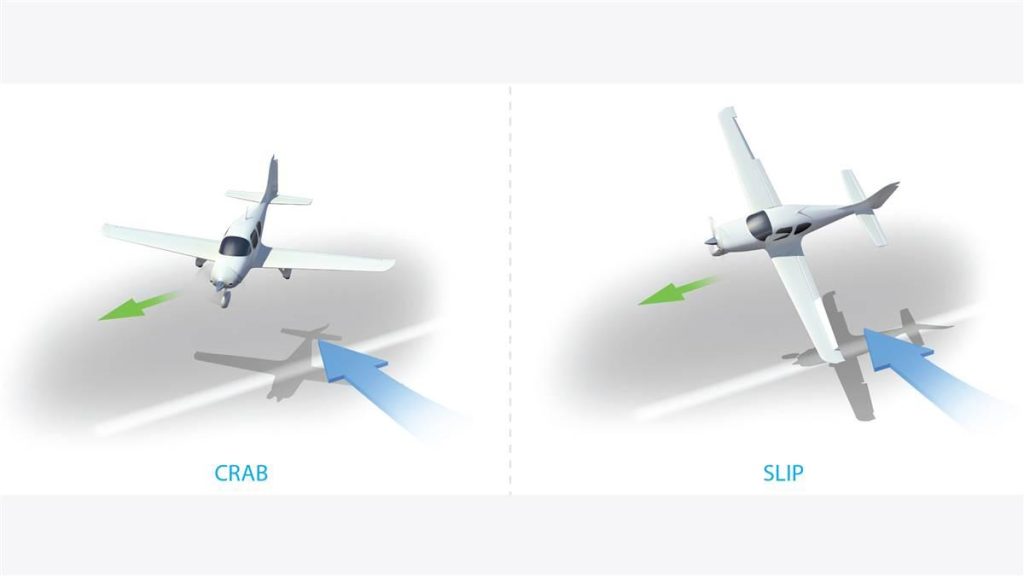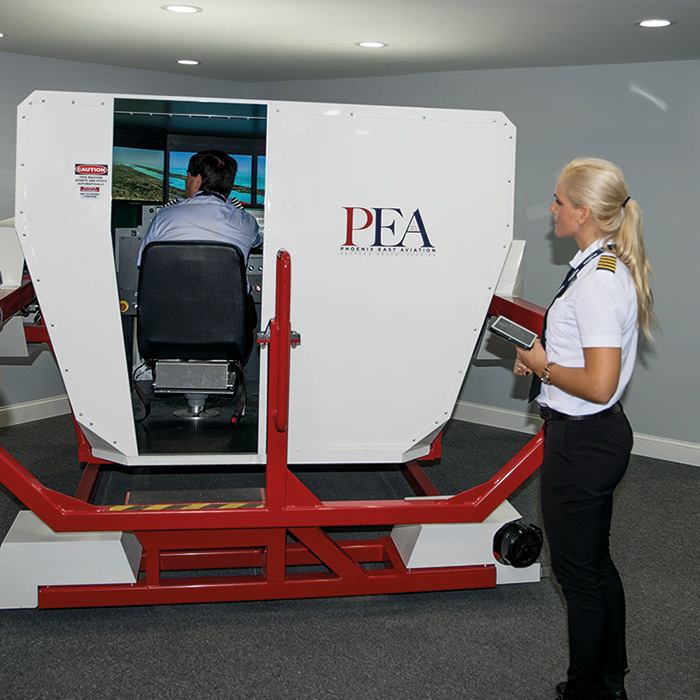Crosswind landings are one of the most critical skills a pilot must master. These maneuvers challenge even seasoned aviators and are an essential part of every pilot’s flight training curriculum – whether under Part 141 or Part 61 programs. At Superior Flight School(SFS), students learn to navigate crosswinds with confidence and precision, turning potential obstacles into manageable flight situations.
When wind flows across the runway rather than along it, aircraft can be pushed off the centerline, requiring deliberate and coordinated control inputs. This blog explores the core concepts, techniques, and training methods that help pilots master crosswind landings safely and efficiently.
Understanding the Dynamics of Crosswind Landings
A crosswind occurs when the wind direction is perpendicular to the runway heading, creating instability during approach and landing phases. Without proper technique, crosswinds can lead to unsafe touchdowns or runway excursions. Several key dynamics influence a successful crosswind landing:
- Aircraft Behavior: Planes naturally weathercock – turning into the wind – especially during landing. The upwind wing may lift, and the nose may drift off course, requiring active aileron and rudder control.
- Flight Controls: Pilots rely on precise manipulation of ailerons, rudders, and throttle settings to counteract wind effects and maintain directional control.

According to the Federal Aviation Administration (FAA, 2023), effective crosswind landings demand anticipation, timely control adjustments, and an understanding of aerodynamic principles (FAA Airplane Flying Handbook).
Crosswind Landing Technique
Successfully handling crosswinds comes down to mastering a combination of techniques:
- Stabilized Approach: Maintaining a steady descent profile aligned with the runway is essential. Pilots must continuously adjust for wind gusts using coordinated inputs.
- Crabbing: Pilots angle the aircraft’s nose into the wind while flying straight toward the runway. This technique allows the aircraft to track the centerline despite lateral winds.
- Rudder Alignment: Just before touchdown, pilots use the rudder to align the nose with the runway, ensuring a straight rollout.
- Aileron Correction: Ailerons are used to prevent the aircraft from drifting off the centerline and to keep the wings level.
Certified Flight Instructors (CFIs) at SFS provide students with practical, real-world techniques that help translate theory into practice. As the Aircraft Owners and Pilots Association (AOPA) states, regular practice under supervision builds both competence and confidence (AOPA, 2022).
Common Challenges with Crosswind Landings
Crosswinds are inherently variable, and unexpected gusts can quickly alter flight conditions. A 10-knot crosswind may spike to 15 knots in moments, requiring fast and accurate adjustments. Delay in correcting drift can cause cumulative deviation from the centerline.
Other common challenges include:
- Overbanking: Excessive aileron input to counter crosswinds may result in an unsafe bank angle or loss of lift.
- Delayed Corrections: Hesitating during drift correction often worsens runway alignment issues.
To manage these challenges, students are taught to maintain strong situational awareness, scanning both inside and outside the cockpit and correcting deviations without hesitation.
Resources for Practicing Crosswind Landings

Superior Flight School offers a variety of resources to help students gain proficiency in crosswind landings:
- Flight Simulators: Simulators replicate crosswind conditions, allowing students to practice without leaving the ground.
- Flight Scheduling in Winy Conditions: Instructors may choose specific times or days when crosswinds are present, allowing students to experience real conditions safely.
- Ground School: Before practical application, students learn the aerodynamic theory and procedures in classroom settings, laying a strong foundation to their flight training.
These resources support a gradual, methodical approach to learning – a proven strategy in aviation training according to the National Association of Flight Instructors (NAFI, 2023).
How Students Prepare for Crosswind Landings
Preparation is key to mastering crosswind landings. Students at Superior Flight School follow a progression that includes:
- Incremental Exposure: Early lessons introduce light crosswinds, progressing to more challenging conditions as students grow more confident.
- Technique Drills: Repetitive practice of control inputs helps students internalize the correct responses to crosswind scenarios.
- Post-Landing Debriefs: Students are encouraged to log wind conditions and reflect on their performance to identify areas for improvement.
By gradually building skill through hands-on experience and feedback, student pilots learn to make crosswind landings a routine, manageable part of their flying repertoire.
Crosswind landings may present one of the most technical challenges for new and experienced pilots alike, but with the right instruction, practice, and mindset, they become a skill mastered through discipline. At Superior Flight School, students are equipped with both the knowledge and the confidence to handle crosswinds safely.
For anyone looking to begin their flight training and become a Superior pilot, Superior Flight School is here to guide that journey every step of the way! Looking for more information? Contact their Admissions Department by emailing admin@superflight.com
References:
Federal Aviation Administration. (2023). Airplane Flying Handbook (FAA-H-8083-3C). https://www.faa.gov
Aircraft Owners and Pilots Association. (2022). Crosswind Landing Techniques. https://www.aopa.org/news-and-media/all-news/2010/july/flight-training-magazine/technique-crosswind-landings
National Association of Flight Instructors. (2023). Professional Flight Instruction Resources. https://www.nafinet.org
